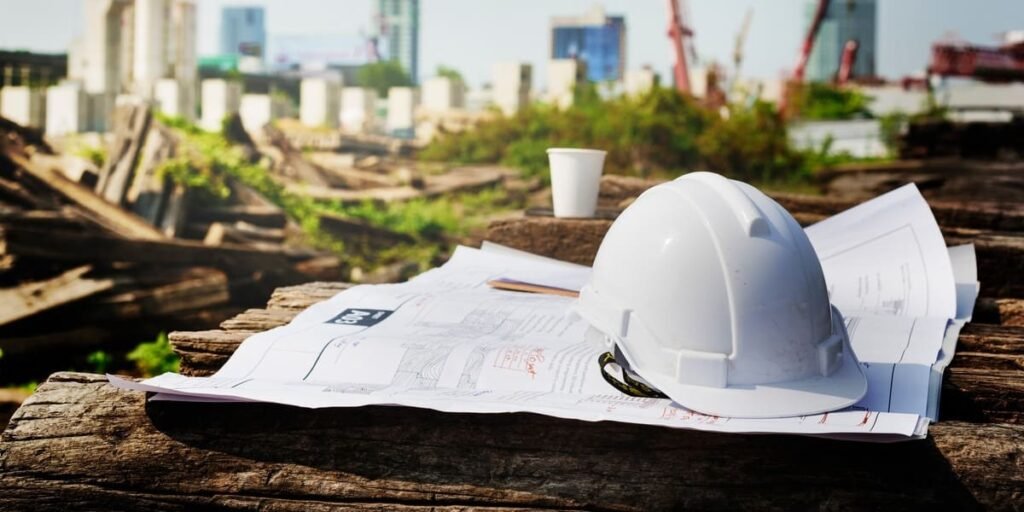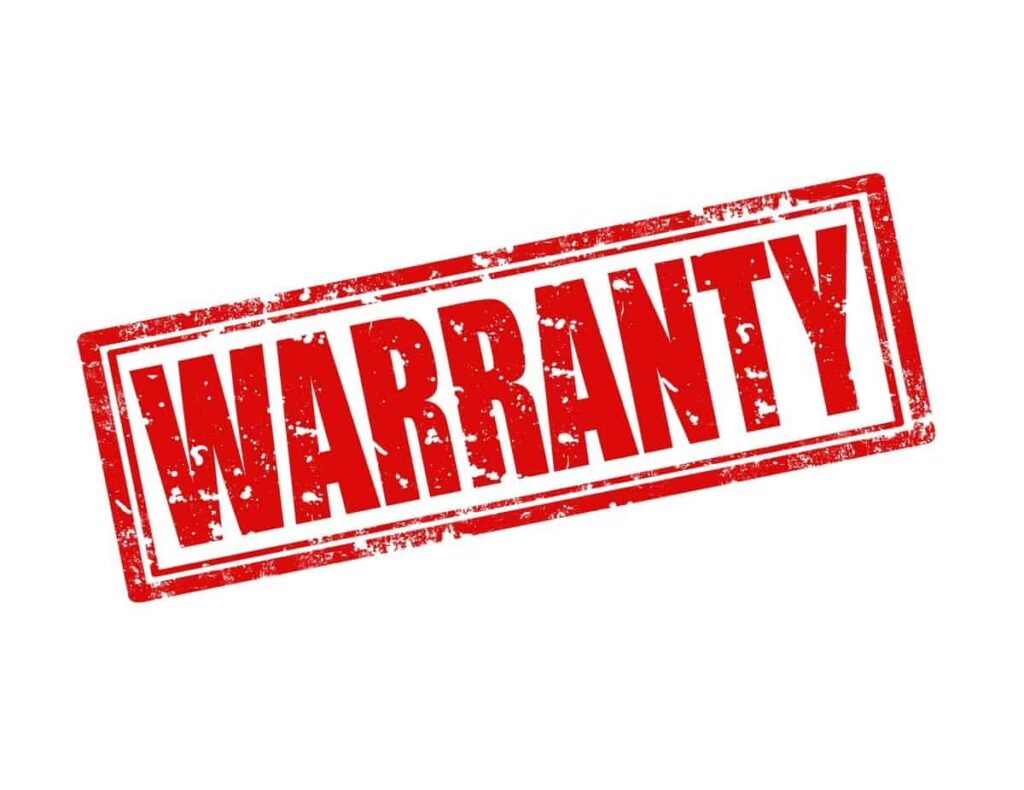Yes – but these are often ignored by builders (to their own detriment).
There are different requirements for residential and commercial buildings, but for residential, the regulations regarding on-ground in-slab heating systems is the most important:
– Australian Standard 2870 (5.3.6) stipulates that the thickness of the heated slab must be increased by 25mm, and the reinforcing mesh upgraded by one level (e.g. from SL62 to SL72).
– Section 3.12.1.5 of the National Construction Code stipulates that “an in-slab or in-screed heating or cooling system must be insulated around the vertical edge of its perimeter with insulation having an R-Value greater than or equal to 1.0; and the Insulation required … must be water resistant; and be continuous from the adjacent finished ground level— to a depth of greater than or equal to 300 mm; or for at least the full depth of the vertical edge of the concrete slab-on-ground (see Figure 3.12.1.4).”
There are also further specific clauses related to the heat source, and the distribution of the generated heat. Your chosen installer must adhere to all the relevant regulations.





